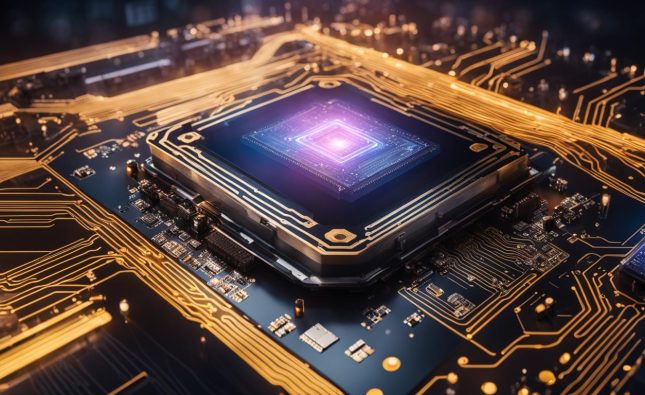
Over the past few decades, the gaming industry has evolved from simple 2D games to highly immersive, 3D gaming experiences. This evolution has been driven by advancements in computer electronics technology, which have enabled game developers to create increasingly realistic and engaging games. In the United States, the evolution of gaming technology has had a significant impact on the computer electronics industry.
The earliest video games were simple and relatively primitive by today’s standards. Games such as Pong and Space Invaders, which were popular in the 1970s and 1980s, were played on consoles with limited processing power and low-resolution graphics. However, these games laid the groundwork for what was to come.
In the 1990s, personal computers became more widely available, and this opened up new possibilities for game developers. With the increased processing power and memory of personal computers, developers could create more complex games with higher quality graphics and sound. This era saw the emergence of classic games such as Doom and Myst, which helped establish the first-person shooter and adventure game genres.
The early 2000s saw the rise of consoles such as the Xbox and PlayStation, which brought gaming into the living room and allowed for more immersive gaming experiences. The increased processing power of these consoles enabled game developers to create more detailed graphics and larger game worlds. This era also saw the emergence of online gaming, which allowed players to compete and collaborate with each other from anywhere in the world.
In recent years, gaming technology has continued to evolve at a rapid pace. High-definition displays, virtual reality technology, and advanced graphics processing units (GPUs) have allowed game developers to create increasingly realistic and immersive gaming experiences. Games such as Fortnite and Call of Duty: Warzone have taken advantage of these technologies to create large, open-world environments that allow players to explore, interact, and compete with each other in real-time.
The evolution of gaming technology has had a significant impact on the computer electronics industry in the United States. Gaming has become a driving force in the development of new hardware and software technologies, and has helped to push the boundaries of what is possible with computer electronics. The rise of gaming has also created new opportunities for companies in the electronics industry, with gaming accessories such as controllers, headsets, and gaming chairs becoming increasingly popular.
In conclusion, the evolution of gaming technology has had a profound impact on the computer electronics industry in the United States. From the early days of simple 2D games to the highly immersive, 3D gaming experiences of today, gaming has driven the development of new technologies and pushed the boundaries of what is possible with computer electronics. As gaming continues to evolve, it is likely to continue to play a significant role in shaping the future of the computer electronics industry.










